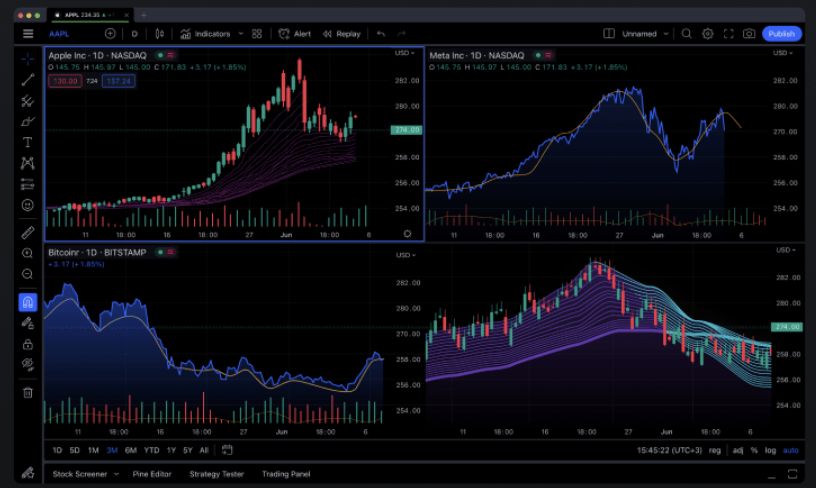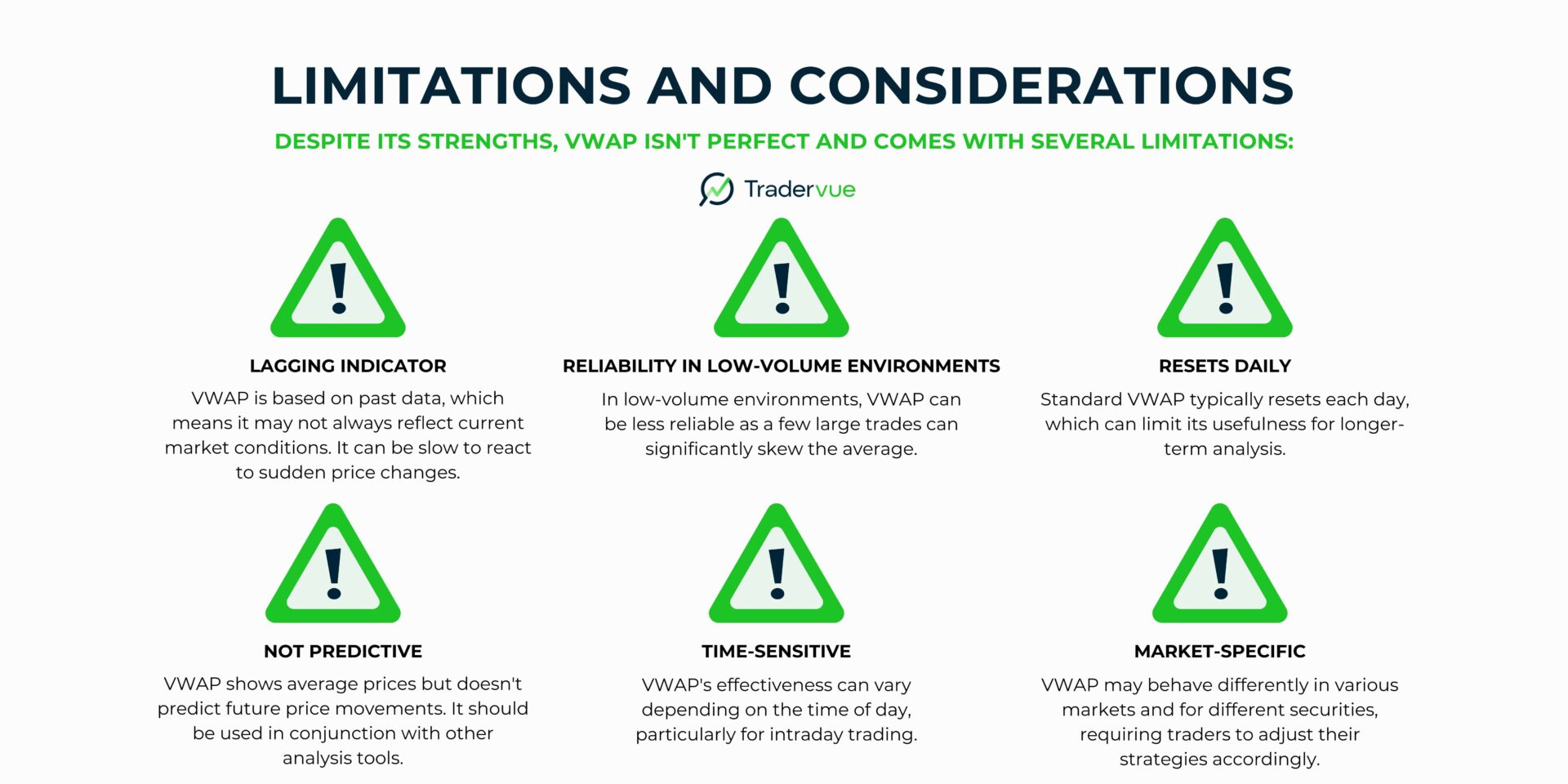Did you know that the stock market can be as unpredictable as a cat on a hot tin roof? In the world of day trading, understanding market volatility is crucial for success. This article dives into what market volatility means for day traders, its impact on trading strategies, and the inherent risks involved. We’ll explore how to manage these risks effectively, identify key indicators of volatility, and examine the influence of news events and economic reports. Additionally, we’ll discuss the psychological effects of trading in a turbulent market and the best platforms for navigating these conditions. With insights from DayTradingBusiness, you'll learn how to adapt to sudden changes and utilize tools for analyzing market volatility, ultimately enhancing your trading profits.
What is market volatility in day trading?
Market volatility in day trading refers to the degree of price fluctuations in a security over a specific period. High volatility means prices can change rapidly within a single day, providing opportunities for traders to profit from short-term price movements. Conversely, low volatility suggests stable prices, which can limit trading opportunities. Day traders often seek volatile stocks to capitalize on swift gains but must also manage the risks associated with rapid price changes.
How does market volatility affect day trading strategies?
Market volatility directly impacts day trading strategies by creating opportunities for quick profits and increasing risk. High volatility can lead to larger price swings, allowing traders to capitalize on rapid movements. However, it also heightens the risk of significant losses, making risk management crucial. Day traders often adjust their strategies during volatile periods by using tighter stop-loss orders and focusing on technical indicators to identify entry and exit points. In contrast, during low volatility, traders may look for stocks with consistent price movements or increase their position sizes to capture smaller price changes. Overall, understanding and adapting to market volatility is essential for successful day trading.
What are the risks of day trading in a volatile market?
Day trading in a volatile market carries several risks. First, rapid price swings can lead to significant losses if trades go against you quickly. Second, emotional decision-making may occur, causing traders to deviate from their strategies. Third, slippage can happen, where orders are executed at different prices than expected, impacting profit margins. Additionally, increased margin requirements can lead to substantial losses if trades move unfavorably. Lastly, high competition from algorithmic trading can make it challenging for individual traders to capitalize on quick opportunities.
How can traders manage risk during high volatility?
Traders can manage risk during high volatility by implementing strict stop-loss orders to limit potential losses, using position sizing to control exposure, and diversifying trades to spread risk across different assets. Additionally, traders should monitor market news closely, avoid over-leveraging, and consider using options or futures for hedging. Staying disciplined and having a clear trading plan can also help mitigate risks associated with volatile markets.
What indicators signal increased market volatility for day traders?
Increased market volatility for day traders is signaled by several indicators:
1. High Trading Volume: A sudden spike in trading volume often precedes volatile price movements.
2. Wider Bid-Ask Spreads: Larger spreads indicate uncertainty and can lead to rapid price changes.
3. Economic News Releases: Important announcements, like job reports or interest rate changes, typically trigger volatility.
4. Market Indices Movements: Significant fluctuations in major indices (like the S&P 500) can indicate broader market volatility.
5. Implied Volatility: Rising implied volatility in options can suggest traders expect larger price swings.
6. Social Media Sentiment: Increased chatter about specific stocks or sectors can foreshadow volatility.
Monitoring these indicators helps day traders anticipate and react to market fluctuations.
How does volatility influence day trading profits?
Volatility directly impacts day trading profits by creating opportunities for quick price movements. Higher volatility means larger price swings, allowing traders to capitalize on short-term fluctuations. This can lead to increased profits when trades are timed correctly. However, it also brings higher risk, as prices can reverse rapidly, potentially resulting in losses. Successful day traders often thrive in volatile markets by using strategies that leverage these price movements while managing their risk effectively.
What are the best trading platforms for volatile markets?

The best trading platforms for volatile markets include:
1. TD Ameritrade: Offers powerful tools and real-time data, ideal for quick trades.
2. E*TRADE: Features a user-friendly interface and advanced charting options for volatile conditions.
3. Interactive Brokers: Low fees and extensive market access make it great for active traders.
4. Charles Schwab: Provides robust research tools and mobile trading capabilities.
5. Robinhood: Commission-free trades and easy-to-use app appeal to newer traders.
Choose based on your trading style, the assets you prefer, and the features you need for navigating volatility effectively.
How can news events impact market volatility for day traders?
News events can significantly impact market volatility for day traders by creating rapid price movements. Economic reports, earnings announcements, geopolitical developments, or natural disasters can lead to sudden spikes or drops in stock prices. This volatility opens opportunities for day traders to capitalize on quick trades. However, it also increases risk, as prices can reverse quickly. Day traders must stay informed and react swiftly to news to maximize gains and minimize losses.
How Does Market Volatility Affect Day Trading Strategies?

Day trading is the practice of buying and selling financial instruments within the same trading day, often aiming to profit from small price movements. The impact of market volatility on day trading is significant; high volatility can create more opportunities for profit but also increases risk, leading to larger potential losses. Traders must adapt their strategies based on market conditions to manage this risk effectively.
Learn more about: What is Day Trading?
What are some effective day trading strategies for volatile markets?
1. Scalping: Quickly buy and sell to capitalize on small price movements. Focus on high volatility stocks to maximize gains.
2. Momentum Trading: Identify stocks with strong upward or downward trends. Enter positions early and ride the momentum for quick profits.
3. Breakout Trading: Look for stocks breaking through key resistance or support levels. Enter when the breakout occurs, typically during high volume.
4. Reversal Trading: Watch for signs of price reversals at key levels. Use indicators like RSI or MACD to confirm potential reversals.
5. News-Based Trading: Trade on market reactions to news events. Monitor earnings reports, economic data, and geopolitical events that can cause volatility.
6. Pair Trading: Take opposing positions in two correlated stocks. Profit from the price divergence while minimizing market risk.
7. Utilize Stop-Loss Orders: Protect your capital by setting stop-loss orders to limit potential losses in volatile markets.
8. Risk Management: Keep your risk per trade low, ideally under 1% of your trading capital, to stay in the game longer.
9. Time Frame Adaptation: Adjust your trading time frame based on volatility; shorter time frames for highly volatile stocks can yield better results.
10. Technical Analysis: Use charts and indicators to identify entry and exit points, focusing on patterns that thrive in volatile conditions.
Learn about Best Day Trading Strategies for Volatile Markets
How does market volatility affect stop-loss orders?
Market volatility can significantly impact stop-loss orders by causing them to trigger prematurely or not at all. In highly volatile markets, prices can swing dramatically, leading to "slippage," where the execution price differs from the stop price. This can result in larger losses than anticipated. Conversely, in calmer markets, stop-loss orders may function as intended, providing better protection against losses. Traders must adjust their stop-loss strategies based on current volatility to minimize risks effectively.
What role does liquidity play in volatile markets for day traders?
Liquidity is crucial for day traders in volatile markets because it allows them to enter and exit positions quickly without significant price impact. High liquidity means tighter spreads and less slippage, enabling traders to execute trades at desired prices. In volatile conditions, where price swings can be sharp, maintaining liquidity helps traders manage risk effectively and capture quick profits. Low liquidity can lead to larger losses, as traders may struggle to sell their positions at favorable prices. Therefore, day traders often prioritize stocks or assets with high liquidity to navigate volatility successfully.
How do economic reports influence market volatility in day trading?
Economic reports influence market volatility in day trading by providing key data that traders use to make quick decisions. Positive reports can lead to increased buying, driving prices up, while negative reports often trigger sell-offs, causing prices to drop. This rapid change in supply and demand creates opportunities for day traders to capitalize on short-term price movements. For example, a better-than-expected jobs report can boost investor confidence, leading to sharp upward trends, while disappointing GDP figures might induce panic selling. Thus, understanding and anticipating the impact of these reports is crucial for maximizing profits in day trading.
What are the psychological effects of trading during market volatility?
Trading during market volatility can lead to heightened stress and anxiety, causing impulsive decision-making. Traders often experience fear of loss, which can result in overtrading or holding onto losing positions longer than necessary. The uncertainty may also trigger emotional reactions, leading to diminished focus and clarity. Additionally, traders might experience exhilaration from rapid gains, which can foster overconfidence and increase risk-taking behavior. In the long run, consistent exposure to volatility can lead to burnout and a negative impact on mental health.
How can day traders adapt to sudden market changes?

Day traders can adapt to sudden market changes by implementing several key strategies. First, they should use stop-loss orders to limit potential losses. Staying informed through real-time news feeds allows traders to react quickly to market shifts. Additionally, adjusting position sizes based on volatility helps manage risk effectively. Traders can also diversify their trades to mitigate the impact of sudden changes in a single asset. Finally, maintaining a flexible trading plan lets them pivot strategies as market conditions evolve.
What tools can help day traders analyze market volatility?
Day traders can use several tools to analyze market volatility effectively:
1. Bollinger Bands: These show price volatility through bands that expand and contract based on market conditions.
2. Average True Range (ATR): This indicator measures market volatility by calculating the average range between high and low prices over a set period.
3. VIX (Volatility Index): Often called the "fear index," it indicates market expectations of future volatility based on S&P 500 options.
4. Volume Indicators: Tools like On-Balance Volume (OBV) help traders assess buying and selling pressure, providing insight into volatility.
5. Technical Analysis Software: Platforms like TradingView or Thinkorswim offer real-time data and customizable charts for detailed volatility analysis.
6. News Feeds: Staying updated with financial news can help anticipate volatility spikes due to economic events or announcements.
Using these tools, day traders can make informed decisions during volatile market conditions.
How does historical volatility inform current trading decisions?
Historical volatility helps traders assess potential price movements and risk levels. By analyzing past price fluctuations, traders can identify patterns and set realistic expectations for future volatility. This data informs strategies like setting stop-loss orders, determining position sizes, and timing trades. Understanding historical volatility enables traders to make informed decisions, adapt to current market conditions, and enhance their risk management.
Conclusion about The Impact of Market Volatility on Day Trading
In summary, understanding market volatility is crucial for successful day trading. It influences strategies, risk management, and potential profits. By staying informed about indicators, news events, and economic reports, traders can better navigate volatile conditions. Utilizing the right tools and platforms, as well as adapting to sudden changes, can enhance trading performance. At DayTradingBusiness, we equip traders with the insights and strategies needed to thrive in dynamic markets.
Learn about Day Trading Stocks During Market Volatility